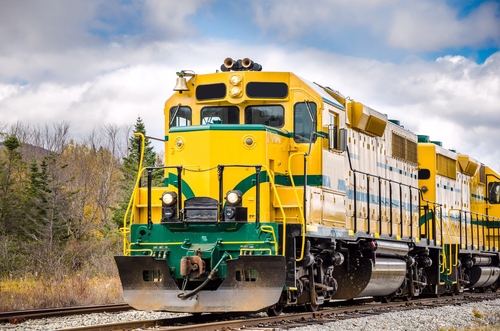
The National Transportation Safety Board (NTSB) is renewing its stance regarding inward and outward-facing cameras on train locomotives in the wake of investigating an Ohio collision between two CSX Transportation trains.
The NTSB indicated reiteration of its 2010 camera recommendations stem from its investigation into the Aug. 12, 2019, train collision and derailment near Carey, Ohio. The probe determined the westbound train’s engineer was impaired by his use of alcohol at the time of the accident.
The post-accident testing showed the presence of marijuana in his system, according to the NTSB, but investigators could not determine if his use caused any further impairment. The NTSB maintains image and sound recordings would have provided investigators and railroad officials more details about the events leading to the accident.
“Here we are, after yet another train collision, once again calling on the Federal Railroad Administration to mandate inward-facing image recorders to verify that train crews are operating in accordance with safety rules and procedures,” NTSB Chairman Robert L. Sumwalt said. “A locomotive cab is a safety-critical workplace that needs to be treated as such.”
The agency said it initially called for the image recorders after a 2008 train collision in Chatsworth, California, that killed 25 people and injured 102, adding it determined the Chatsworth engineer had been distracted by text messages he was sending while on duty.
In the 10 years since the recommendation was issued, the NTSB has reiterated its camera recommendations following six other major railroad accident investigations, including after an Amtrak derailment in Philadelphia that killed eight and injured more than 200.
Additionally, the NTSB’s recommendations seek crash- and fire-protected inward and outward-facing audio and image recorders capable of providing recordings to verify train crew actions. The devices should have a minimum 12-hour, continuous recording capability.